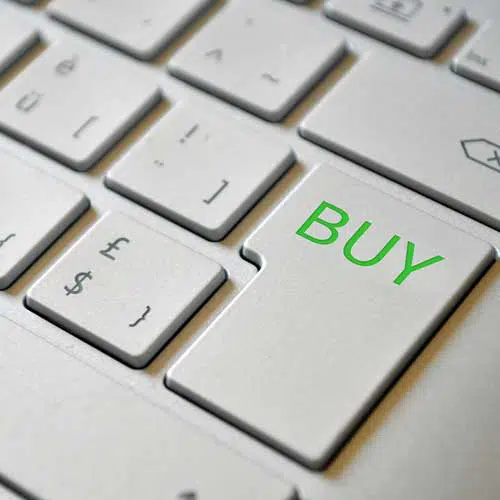Heading into the holiday shopping season, consumers are poised to make even more use of buy now, pay later options than in the past. Overall, 42% of consumers plan to use BNPL while holiday shopping, according to a survey by GoCardless, a provider of account-to-account payments. When Millennials were asked whether they intended to use BNPL this holiday shopping season, that figure jumps to 60%.
When it comes to increased buying power, one-third of respondents say they would spend up to $99 more if BNPL were available, and 26% say they would spend up to $200 more. Two reasons consumers are embracing BNPL and are willing to spend more when using it are their desire to treat loved ones to a nice gift this holiday season as the Covid-19 pandemic lingers and to help stabilize their finances after weathering the economic turmoil wrought by the pandemic, the study says.
Popular items purchased when using BNPL include clothing (39%), computers and laptops (33%), and game consoles, such as the PlayStation and Xbox (32%). In a recent research note, RBC analyst Daniel Perlin concurs that BNPL usage is most common in the fashion, electronics, home goods, and health and beauty sectors of retailing.

“While overall adoption remains low, at just 0.4% penetration of total retail and 2% penetration of online retail, BNPL share of fashion retail and online fashion retail has grown to 8% and 12% respectively,” Perlin says in the note. “We believe the strong penetration in fashion as well as the high consumer interest for using BNPL in various types of purchases underscores the untapped opportunity across other verticals.”
The popularity of BNPL has grown to such an extent that 75% of consumers in the United States no longer see a reason to use layaway options for holiday shopping. When asked about layaway plans, 40% of U.S. shoppers said they have no idea what a layaway program is, the study says. Among Gen Zers, that figure increases to 57%.
In addition, the popularity of BNPL, has caused consumers to shift their spending away from credit and debit cards, according to RBC’s Perlin. “BNPL spending has grown 230% since the beginning of 2020, [approximately five times] the growth in debit and [30 times] the growth in credit over the same period,” Perlin says. “Data from the Federal Reserve shows a steady (18%) decline in credit card balances from August 2018 to March 2021 and a continued fall through 2021 along with utilization rates compared to pre-Covid levels according to the Consumer Financial Protection Bureau.”
One potential downside to BNPL is that 46% of respondents utilizing the payment option are opening multiple BNPL accounts, making it difficult to keep track of them, and 58% say they need to check their accounts to determine how much money they actually owe, as opposed to estimating off the top of their head. That figure rises to 78% of Millennials.
To help them keep track of their BNPL loans, 80% of respondents say they would welcome a central place, such as an app or Web site, to view all their open plans, and 82% say they would welcome such a central repository so they can pay off the loan, regardless of provider.
Respondents also expressed a willingness to try new technology, such as open banking, to gain greater control over their BNPL accounts. Indeed, 80% say if open banking allowed them to view all their buy-now-pay-later balances in one place, they would use it.
“With e-commerce booming and the holiday-shopping season now under way, it’s no surprise that online payment options like BNPL and others that provide a more seamless user experience are at the top of our wish list once we hit that checkout page,” GoCardless chief executive and co-founder Hiroki Takeuchi says in a prepared statement.





